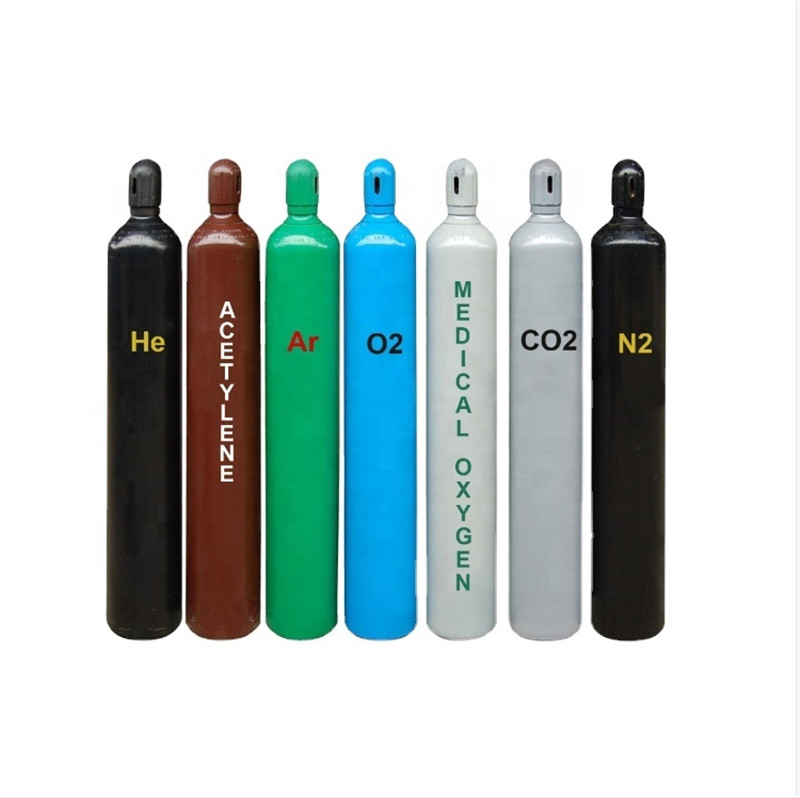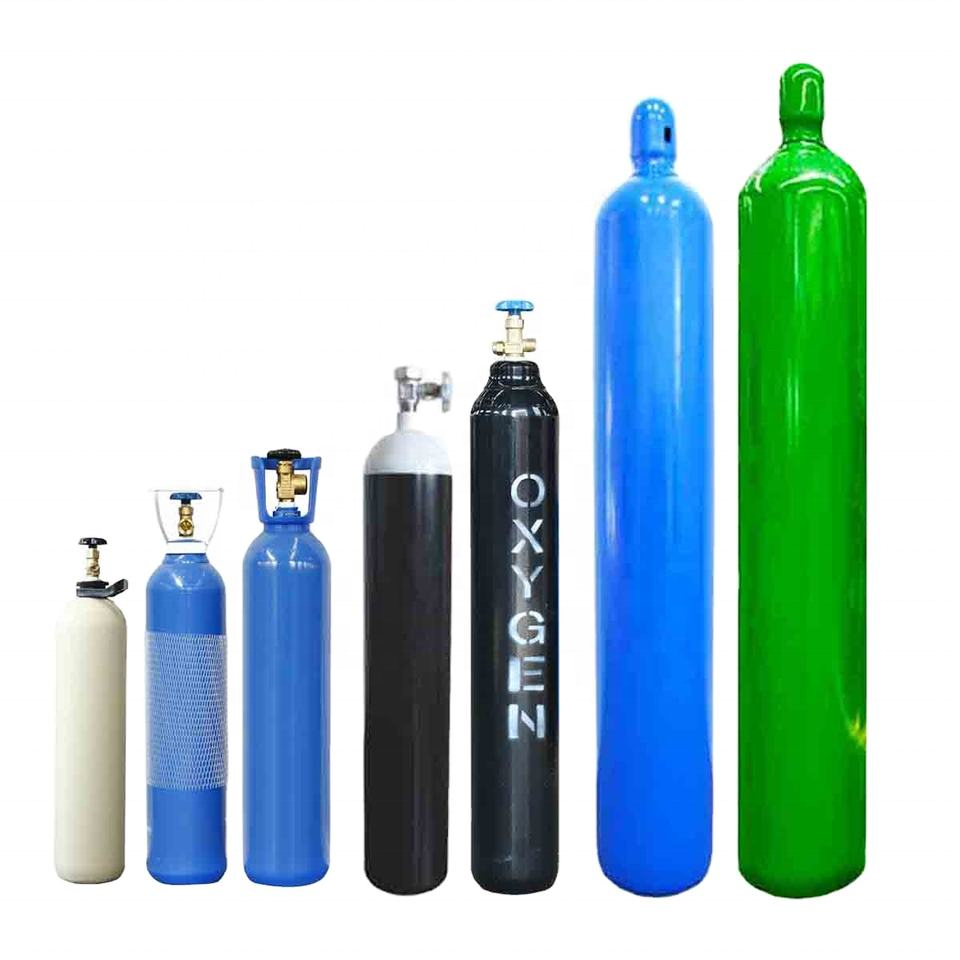

First, the principle of using high-pressure gas cylinders
1. The high-pressure vessel should be strictly followed in accordance with the operating procedures when it is put into use, and someone must look at it during the experiment
After use, the tube should generally wait for the internal pressure of the instrument to drop to the same as the atmospheric pressure before opening, and it should
Always check that the safety valve and pressure are normal.
2. High-pressure gas cylinders must be kept in separate places, and should be fixed and stable when placed upright; The cylinder should be kept away from the heat source,
Avoid sun exposure and strong vibrations.
3. The pressure reducer selected on the high-pressure gas cylinder should be classified and dedicated, and the screw buckle should be tightened during installation to prevent leakage;
When opening and closing the pressure reducer and on/off valve, the action must be slow; When using, the on/off valve should be rotated first, and then the pressure reducer should be opened;
When it is finished, close the on/off valve first, drain the residual air, and then turn off the pressure reducer. Don't just turn off the regulator and not the switch
Valve.
4. When using high-pressure gas cylinders, the operator should stand in a position perpendicular to the interface of the gas cylinder. operation
It is strictly forbidden to knock and hit, and check frequently for air leaks, and pay attention to the pressure gauge reading.
5. Pressure reducing valves and pressure gauges should be installed before gas use, and various pressure gauges should not be mixed. Combustible gas
(such as H2, C2H2) valve screw port is reverse wire, non-combustible gas or combustible gas (such as N2, O2) is positive wire.
6. Oxygen cylinders or hydrogen cylinders are strictly forbidden to come into contact with oil, and the operator cannot wear any grease or oil
Clothing gloves that induce static electricity to be operated to avoid burning or exploding.
7. Avoid colliding with other objects, let alone knocking on the cylinder. Gas cylinders should be kept away from heat sources and fire sources
and electrical equipment, which should not come into contact with conductors through which an electric current flows. The distance between the cylinders of flammable and combustible gases,
The distance from the open flame should be greater than 10 meters. Gas cylinders that are easy to polymerize or decompose should be protected from radiation,
Sources of electromagnetic waves and vibrations.
8. The gas in the cylinder should be left with a certain pressure of residual gas, which cannot be used up to prevent the danger caused by backfilling.
The residual pressure of the permanent gas cylinder should not be less than 0.05 MPa; The residual amount of liquefied gas shall not be less than the specified filling amount
0.5%~1%; The flammable gas should be left with 0.2 MPa~0.3 MPa (H2 should be retained 2 MPa) to prevent re-entry
Danger occurs when inflated.
9. All kinds of gas cylinders must be regularly inspected for technical inspection. Gas cylinders filled with general gas are inspected once every three years;
If serious corrosion or serious damage is found in use, it should be inspected in advance.
10. If the gas cylinder is defective, the safety accessories are incomplete or damaged, and the safe use cannot be guaranteed, it must not be used
It can be sent to fill the gas again, and it should be sent to the relevant unit for inspection before it can be used.
11. The gas cylinders used with instruments and equipment in the laboratory should be controlled at the minimum demand; spare
Gas cylinders and empty cylinders should not be stored in the laboratory.
2. Requirements for the use of special gas cylinders
1. Acetylene cylinder: Acetylene is a highly flammable and explosive gas. Ethyl containing 7%~13% acetylene
An alkyne-air mixture, or an acetylene-oxygen mixture containing 30% acetylene, is most likely to explode. Acetylene and
Compounds such as chlorine and hypochlorite can also burn and explode. To ensure safety, acetylene cylinders should not be placed upstairs
Used in the laboratory.
2. Hydrogen cylinder: hydrogen has low density, easy leakage, fast diffusion speed, and easy to mix with other gases.
It is very easy to cause spontaneous combustion and self-explosion. Hydrogen cylinders are strictly forbidden to be placed in the laboratory in the building.
3. Oxygen cylinder: oxygen is a strong co-combustion gas, and at high temperatures, pure oxygen is very active; Temperature no
When the pressure increases, it can have a sharp chemical reaction with the oil, and cause heat spontaneous combustion, and then produce
Powerful explosion.
Oxygen cylinders must be protected from contact with oil, and other flammable gases must be absolutely avoided from mixing into the oxygen cylinders;
Oxygen cylinders are forbidden to be placed in places exposed to sunlight; Oxygen cylinders cannot be stored in the same room as explosives. per
No more than one oxygen cylinder should be stored in the laboratory. To ensure safety, oxygen cylinders should be placed with an alarm
in the gas cylinder cabinet of the facility.
Post time: Mar-20-2025

